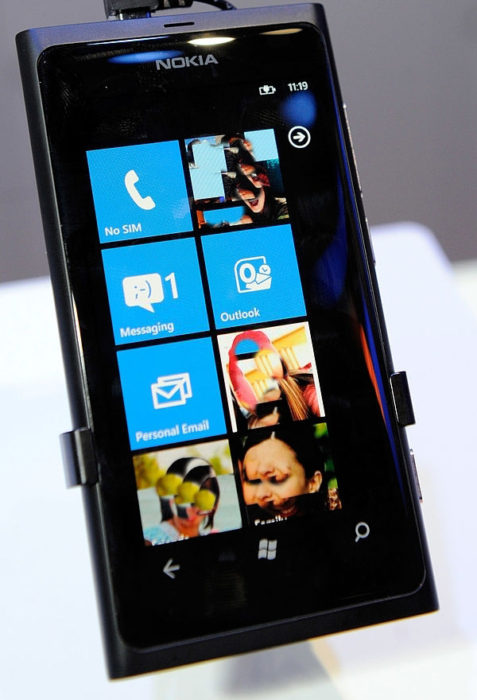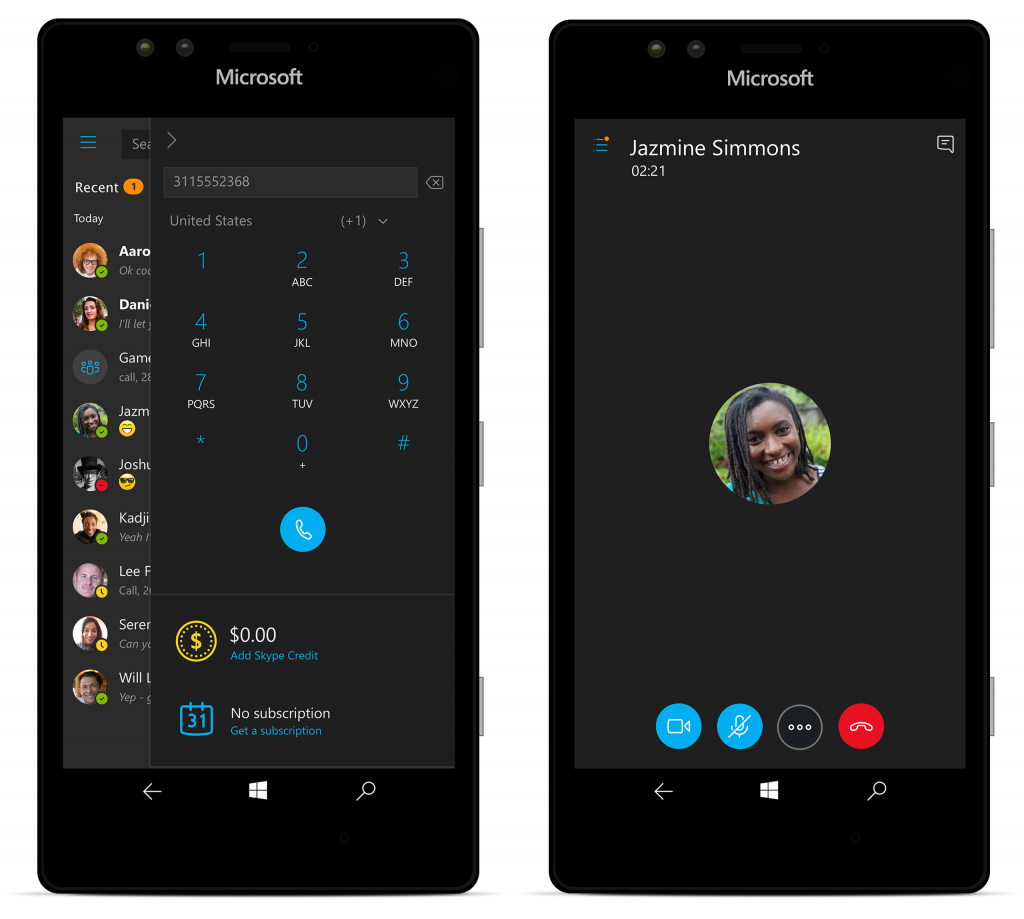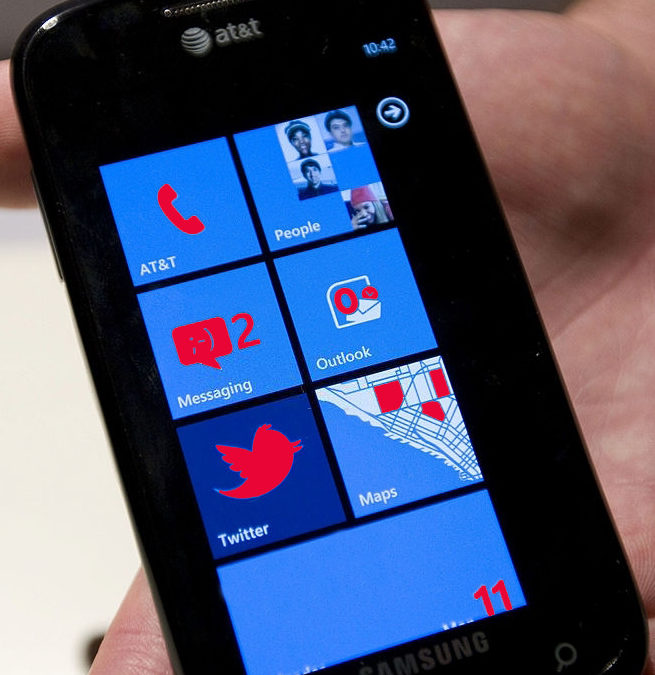Much to many enthusiasts’ dismay, Microsoft stopped working on their Mobile Phone solution a few years back. Due to strong competition with Google and Apple, lack of support from carriers, and a delay in critical features and apps, Microsoft’s mobile OS never gained any market share. Since Windows Phone was taken out to the pasture, many people still hoped that Microsoft would release that mystical Surface Phone. Of course, that never happened, but that doesn’t mean Microsoft gave up on mobile.
One of the big changes that Microsoft went through after Satya Nadella took over was striving to move where customers were. Microsoft realized that their legacy businesses, like Windows and Office, were no longer going to cut it. Instead, Microsoft quietly switched to becoming a services and experience company. Their goal is to now be where their customers are, even if they are only powering competitors’ products.
Table of Contents
Changes Have We Seen

The Windows phone wasn’t bad-looking at all; it just wasn’t as good as other phones.
Microsoft has been making a rather stealthy change in the mobile ecosystem with this philosophy as well. First, Microsoft focused on releasing core apps like Office on mobile platforms. They even went so far as to release these applications on iOS before Windows Phone when Windows Phone still existed.
Then Microsoft launched numerous garage products intending to create better mobile apps. Those products included things like new Android launchers, new Android lock screens, new mobile-only productivity apps, etc.…

The Samsung Windows phone could have been a game-changer for Microsoft.
While Microsoft continued to create more mobile applications and mobile experiences, they made partnerships with smartphone OEMs. One of the more notable partnerships was with Samsung. It’s widely believed that Samsung struck a deal with older Galaxy models to include Microsoft products instead of paying patent fees to Microsoft for smartphone technologies. It was a partnership that became mutually beneficial to both companies. Samsung has slowly been trying to disconnect itself from Google and Android Branding while Microsoft has been attempting to get their mobile applications in front of users.
New Developments

The Windows phone was supposed to be using Skype as their SMS service.
Microsoft has continued to develop these apps and create new partnerships. Though Microsoft has allowed Skype to handle text messaging on Android phones in the past, it recently released a new SMS application. That SMS application acts as a full text messaging organization suite. The new SMS app will delete or archive threads that haven’t been used in a while, group texts together, etc.…
That SMS app compliments some of the other basic applications that Microsoft has already released. These apps include things like a phone dialer and an Android camera app. Slowly, Microsoft has been creating applications that act as replacements for normal apps included with any phone. Microsoft has slowly been re-making a new smartphone without people realizing it.
If Microsoft decided to re-enter the smartphone market, that is how they will achieve this. Making their suite of apps on Android is a smart move. Android gives Microsoft the ability to make a new smartphone OS without having to develop a new OS.
If they choose it, they also have a built-in app ecosystem with Google Play or attempt to create another app storefront. Convincing developers to port their apps to a new Android-based app store might not be as difficult as convincing them to build Windows Phone apps. Developers would need to make very few changes to their existing apps if they needed to make any at all. Microsoft’s new app store could also be installed on existing Android-powered devices.
New Windows Phone or Maybe a Collaboration?
This type of strategy makes sense for Microsoft. We may finally get that Surface Phone that we have all been waiting for. Since Microsoft already has a line of Surface PCs and tablets, it would make sense to round out the ecosystem with a mobile device.
This time, though, Microsoft wouldn’t have to fight to create a platform from the ground up. Microsoft could easily build a version of Android on top of AOSP, the open-source version of Android, much like Amazon has done for the Kindle. It’s viable to have manufacturers like Samsung produce these devices, too, since smartphone OEMs are no longer restricted from making AOSP devices if they have licenses for Android from Google.
To add more flames to the fire, Satya Nadella appeared at Samsung’s latest launch event for seemingly no reason. That stunt could have been nothing more than publicity to show that both Samsung and Microsoft have cozied up together.
With partnerships like that and Microsoft being able to offer a full line of smartphone applications on top of Android, it may be very feasible to get to so a new Microsoft smartphone within the next year or two. Microsoft already has dialers, SMS apps, calendars, cameras, a full office, email suite, launchers, lock screens, etc.… They have everything they need to make Microsoft branded Android-powered phones except for an app store. They may not be too far away either.
For more WIndows phone and smartphone news and to find out how to keep your mobile phones secure, send us a message.

